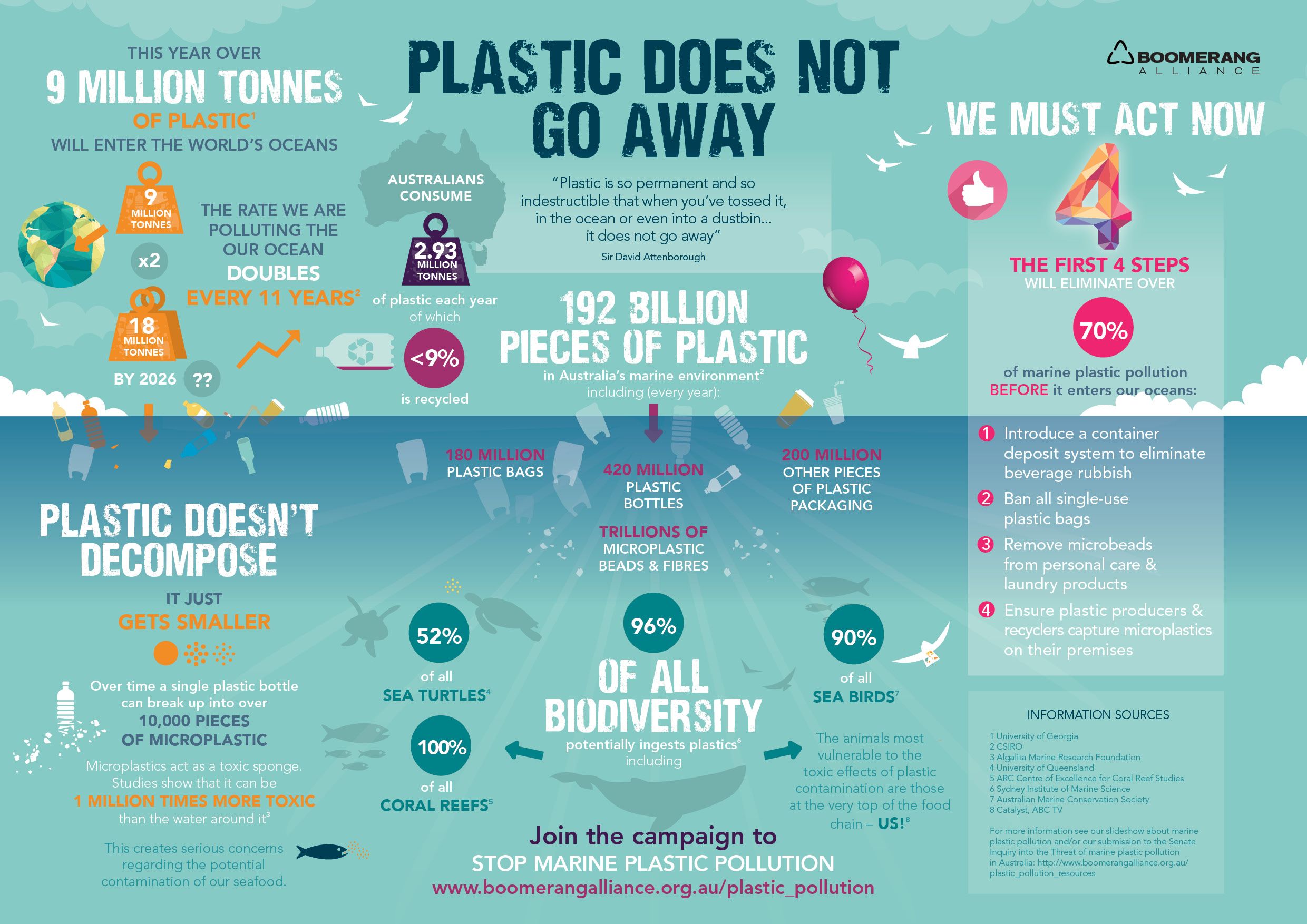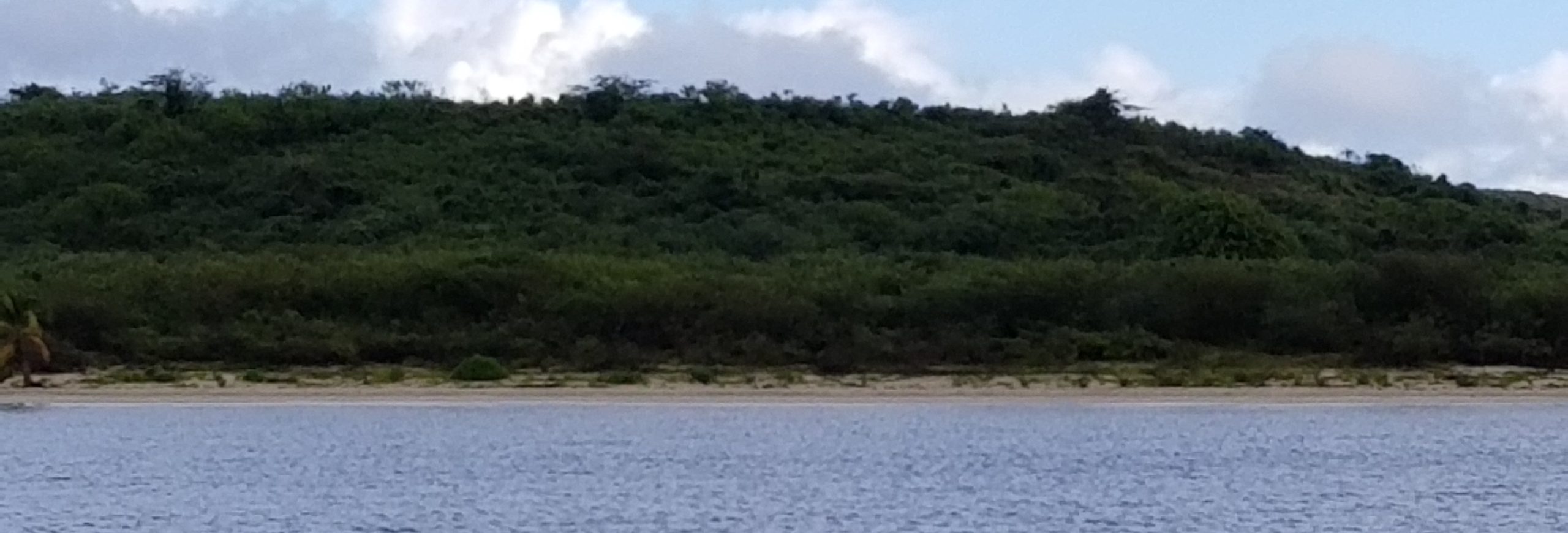“I want to say one word to you, Benjamin, one word. Are you listening?” Yes, sir, I am.” “PLASTICS.” Dialogue from the 1967 movie “The Graduate”!
We thought we couldn’t live without them; now they’re killing us. First, to be clear, there are many areas in which plastics are required, such as in hospitals, with many aspects of medical care, and in some industrial and manufacturing processes. The issue is to get rid of the uses in which they are nonessential. Because, in fact, they are killing us, not just our oceans.
Why should you care about microplastics and microbeads? There are more reasons besides the fact that they have already seriously polluted the oceans, air, and water systems. Some plastics and thus their resulting microplastics attract toxic pollutants like iron filings to a magnet. When we eat seafood, sea salt, honey, drink beer, bottled waters, and many other food items, we’re not only ingesting the microplastics but the pollutants attached to them. An interesting study conducted by the EU Science on Environmental Policy and published in the American Chemical Society’s journal, “Environmental Science and Technology,” was conducted in San Diego Bay for 1 year in 2012 and definitively showed this relationship between the “rubber-type” plastics and adherence by pollutants. (https://pubs.acs.org/doi/abs/10.1021/es303700s)
This post focuses only on microplastics and microbeads (<5mm diameter, about the size of a sesame seed), which are toxic to mammals and most living fauna and flora. And they are everywhere, from cigarette filters to the oceans, the air, the plants and meat we eat, our bodies. The only difference between microplastics and microbeads is that the beads were intentionally manufactured primarily for use in personal use and cleaning products, whereas microplastics are the result of most plastics breaking down.

“According to the United Nations Environment Programme, plastic microbeads first appeared in personal care products about fifty years ago, with plastics increasingly replacing natural ingredients. As recently as 2012, this issue was still relatively unknown, with an abundance of products containing plastic microbeads on the market and not a lot of awareness on the part of consumers.” (National Atmospheric and Oceanic Administration https://oceanservice.noaa.gov/facts/microplastics.html)
At least 15 countries have now banned or are in the process of banning microbeads starting with the Netherlands in 2014. In 2015, microbeads were banned from cosmetics and personal care products in the U.S. in an act passed by Congress with scheduled implementation dates of a few years. Microbeads can be found in facial scrubs, toothpaste, body wash, lipstick, eyeliner, sunscreen, deodorant, nail polish, glitter, and other care products. But they are still in many such products that weren’t covered. They can also be found in various forms in paints, cleaning cloths, carpet, children’s toys, especially stuffed animals, tires, detergents, even tea bags!
The website btoxicfree.com has a list of products that contain microbeads. You would be surprised at some of the some of the entries including products from Aveeno, Clinique, and Clearasil. Microbeads are commonly made from the following substances, so look for these ingredients:
- Polyethylene (PE)
- Polypropylene (PP)
- Polyethylene terephthalate (PET)
- Polymethyl methacrylate (PMMA)
- Nylon (PA)

Only half of what I collected, and I wasn’t able to collect it all from the beach below. Yes, I used plastic bags to collect the plastic, but continued to use the bags after dumping the plastics in a proper trash receptacle.

This looks like a fairly pristine beach, much better than most beaches around the world, and is in an uninhabited area of eastern Vieques, Puerto Rico
